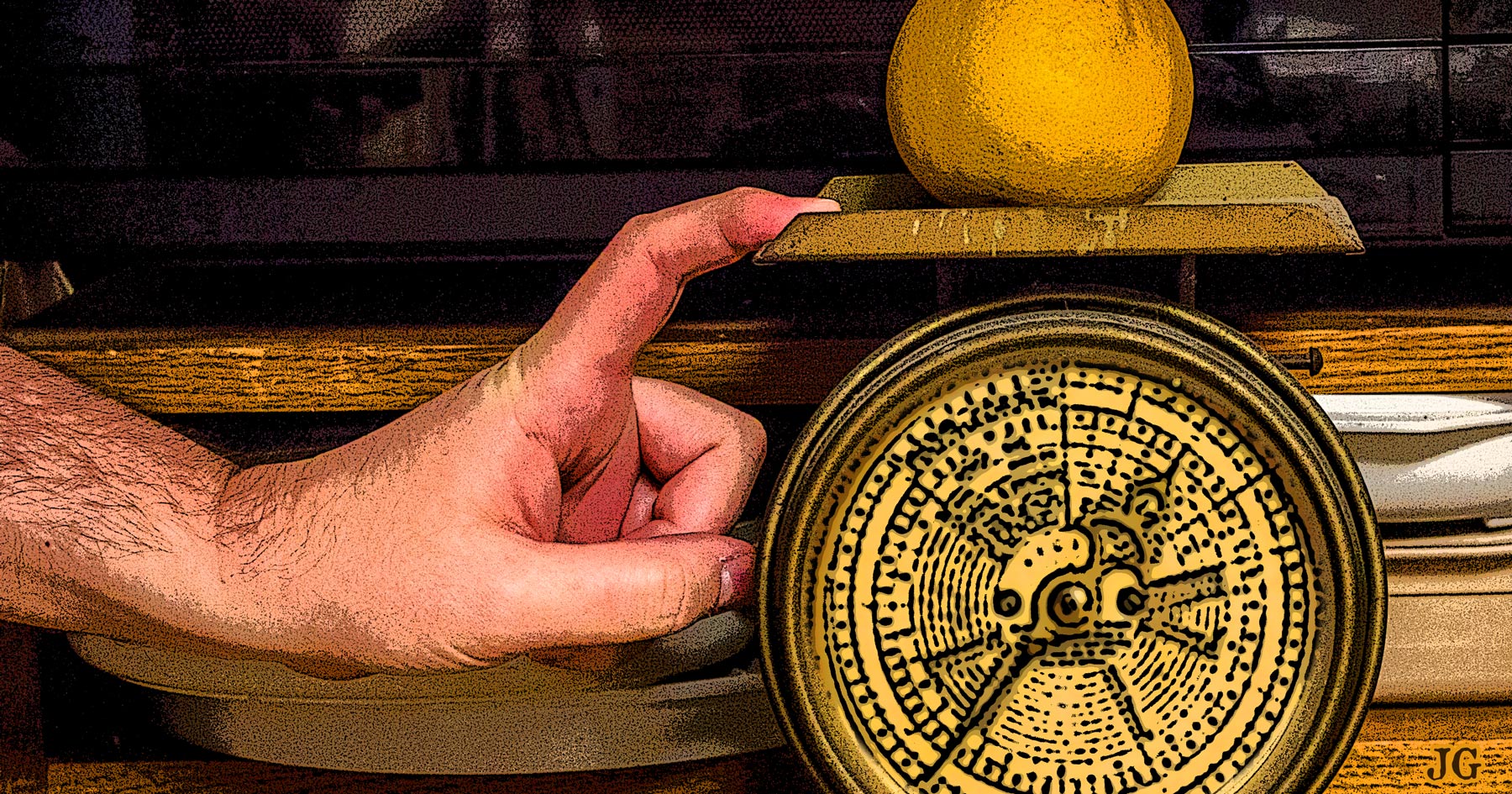“In an open-ended question allowing Americans to name which country they see as the greatest threat to the U.S., 50% name China, almost three times the share who name Russia (17%),” Pew Research reported last week.
Of course, some argue, as does Columbia University professor Jeffrey Sachs, that this “overwrought fear of China and Russia is sold to a Western public through manipulation of the facts.”
Has our government and media somehow hoodwinked us into not liking Xi Jinping and the Chinese Communist Party? I sorta think we finally convinced them to start paying attention to the Chinazi threat — but whatever.
In perusing the polling at Pew’s website, I came across a recent survey of Asian Americans entitled, “Most Asian Americans View Their Ancestral Homelands Favorably, Except Chinese Americans.”
Strange that China would be the only unpopular
Still, these Asian Americans who responded to the poll might also have fallen victim to “Western propaganda.” What do people outside of the U.S. think?
“The nonpartisan Pew Research Center found that a median of 67% of those surveyed [in 24 countries] have an unfavorable opinion of China, while only 28% have a favorable view of the country. At least 50% of respondents in 17 countries gave China negative marks,” U.S. News & World Report detailed about the international poll, “with shares eclipsing 80% in Australia, Japan, Sweden and the United States. Majorities in only three countries — Kenya, Mexico and Nigeria — gave the country positive ratings.”
Apparently, genocidal totalitarianism isn’t very popular on this planet.
This is Common Sense. I’m Paul Jacob.
Illustration created with PicFinder.ai
—
See all recent commentary
(simplified and organized)



